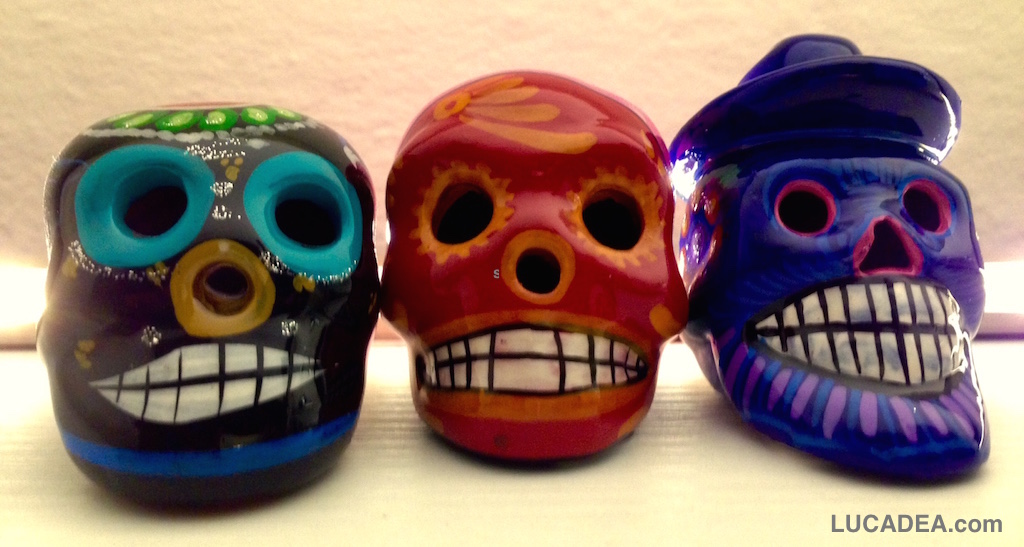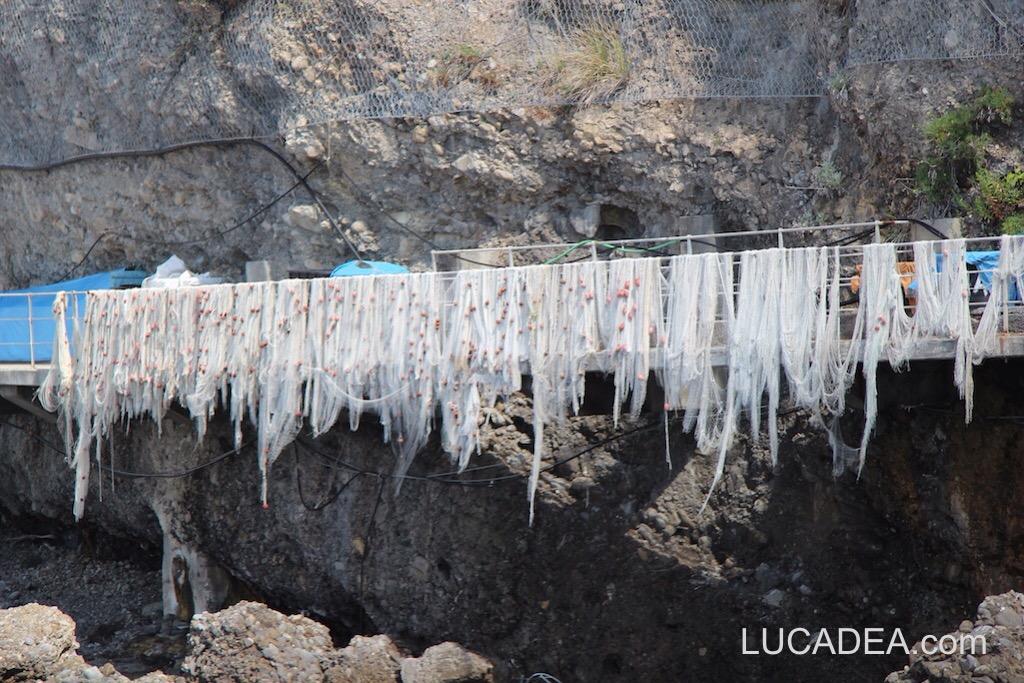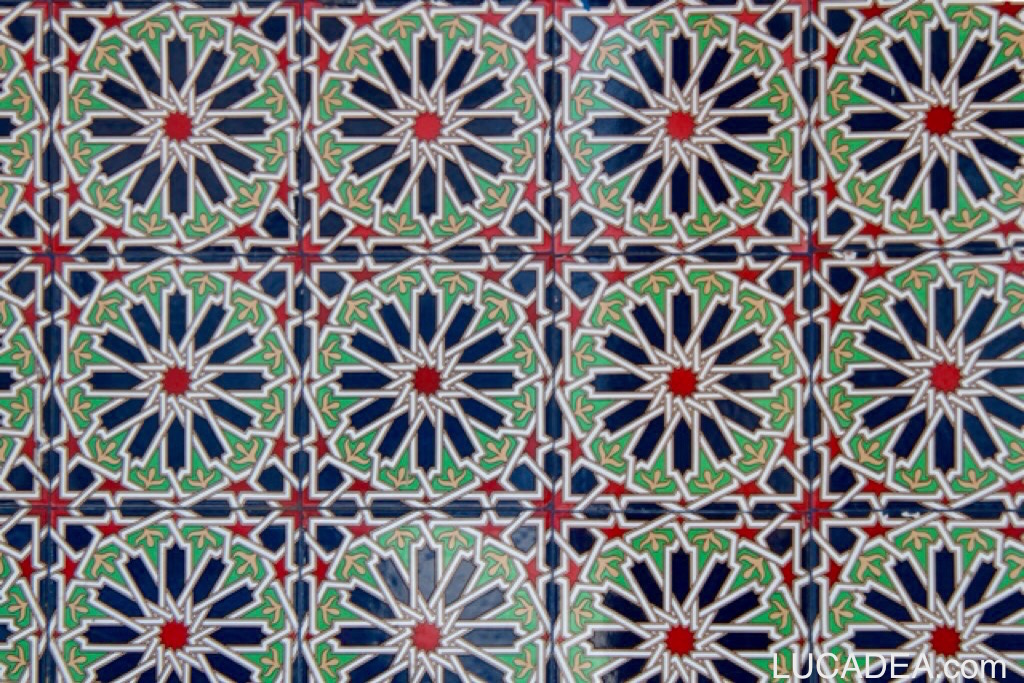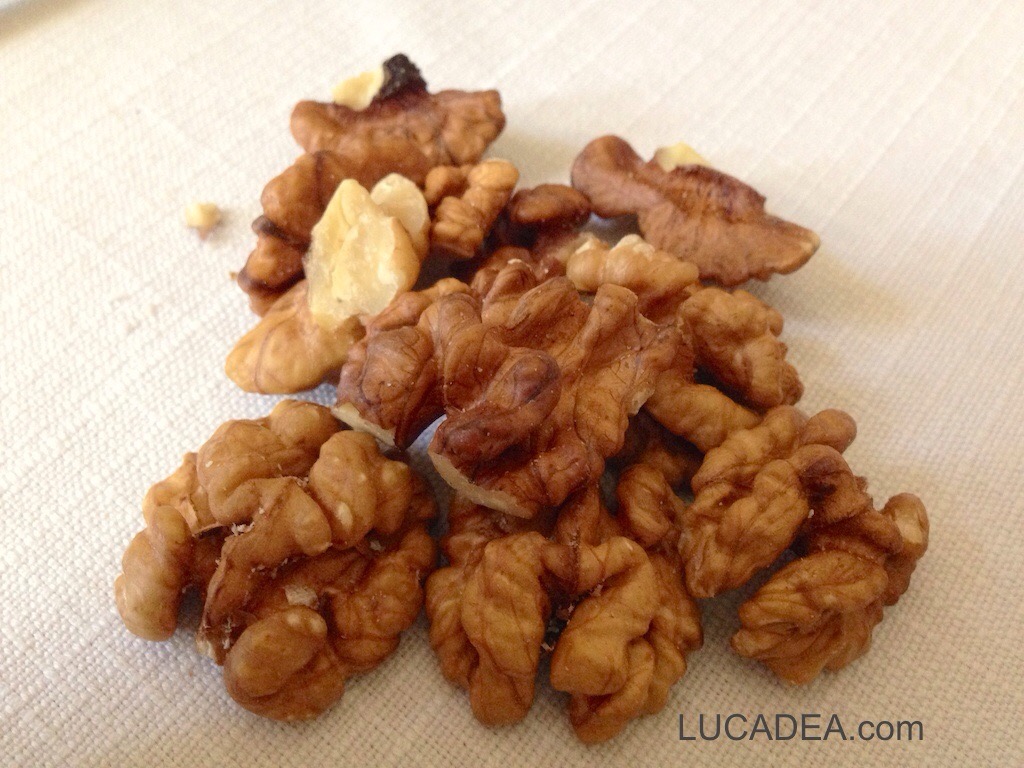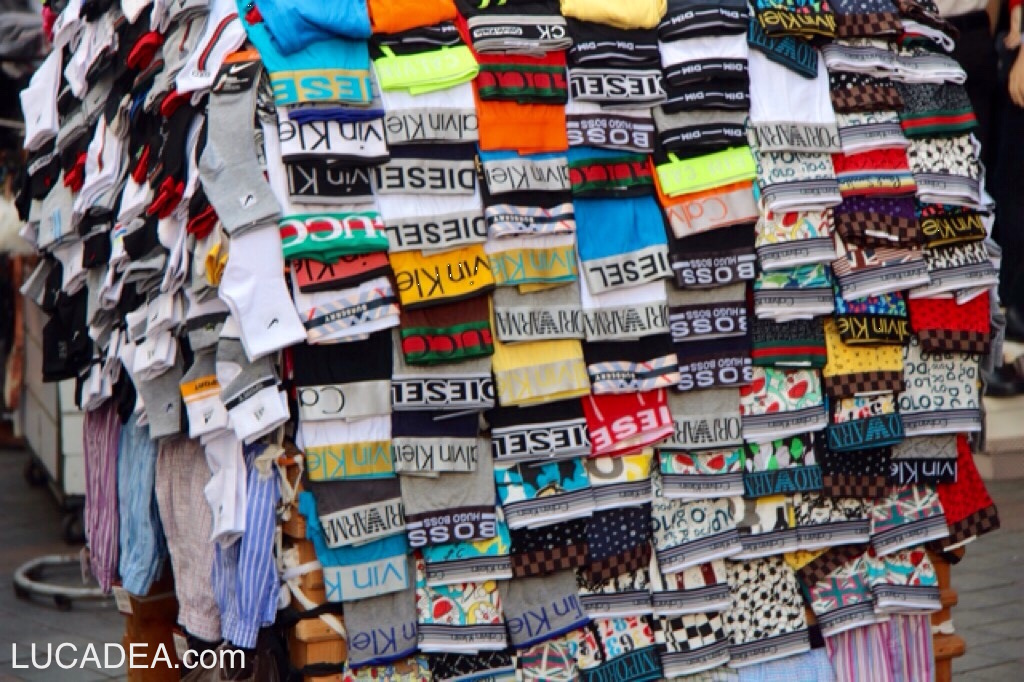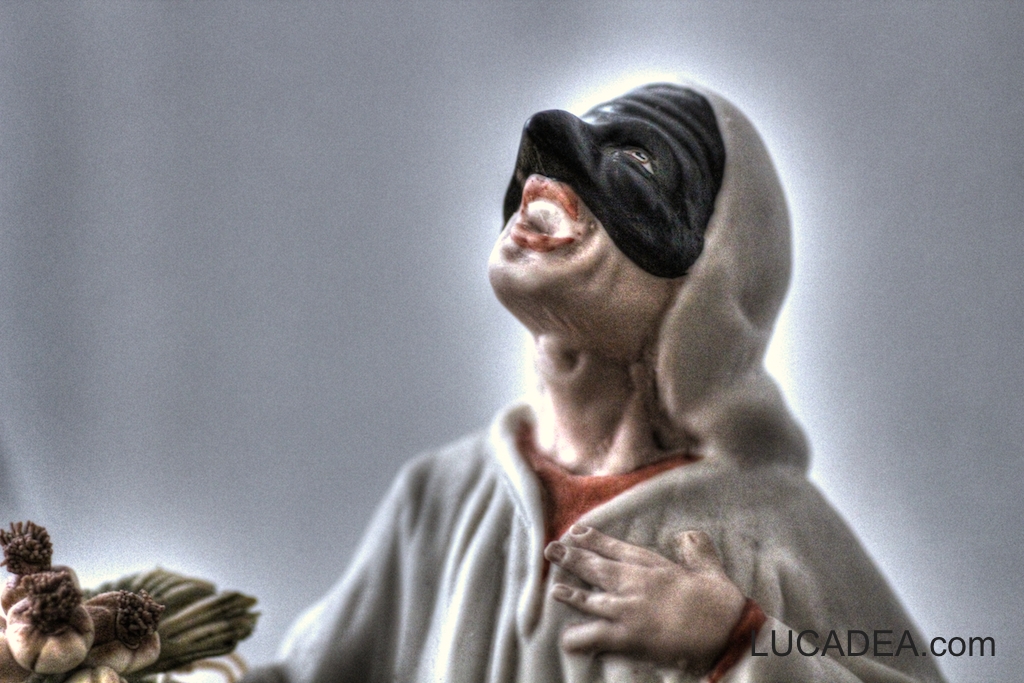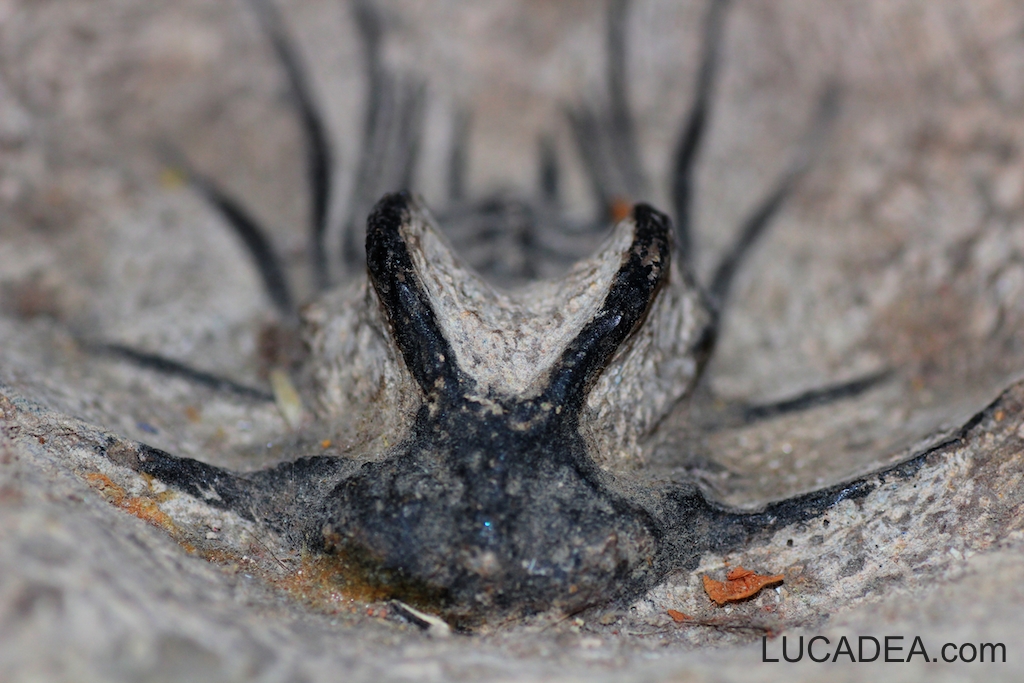I teschi messicani calaca.
Il souvenir preferito che porto dal Messico è il teschietto colorato (detti calaca in messicano) portafortuna. Sono forse più famosi come soggetti da tatuaggi e forse un giorno….
Ne ho già tre a casa e spero mi portino fortuna.
Reti stese al sole
Moroccan wooden objects
Moroccan wooden objects.
One of the most typical souvenirs of Casablanca are definitely these small wooden objects.
Fragrant and well made even if, as for those already photographed and posted, I doubt very much about the local production!
Have you ever been to Morocco?
Add your own comment or go to the bottom of the site to read what other visitors have written.
Wooden objects of Moroccan craftsmanship – Objets en bois de l’artisanat marocain – Objetos de madera de artesanía marroquí – Objetos de madeira de artesanato marroquino – Holzobjekte marokkanischer Handwerkskunst – Đồ vật bằng gỗ của nghề thủ công Maroc – 摩洛哥工艺的木制品 – モロッコの職人技が光る木製オブジェ
Motivi mediorientali
Motivi mediorientali.
Lo stile arabo della decorazione ha un qualcosa di affascinante.
Questo muro di un negozietto della Medina di Casablanca mi ha colpito!
Le mattonelle arabe si chiamano zellige e sono delle maioliche smaltate.
Lo zellige è un assemblaggio di piastrella tagliata in terracotta smaltata che riproduce un disegno geometrico. Le tessere di ceramica compongono una forma a mosaico, e sono collocate su un letto di intonaco. Viene utilizzato principalmente come decorazione per pareti e pavimenti. Quest’arte decorativa è una caratteristica dell’architettura del Maghreb.
Continue and learn more on Wikipedia.
Noci
Marchi falsi
Artigianato marocchino
Ciabatte in riva al mare
A statuette of Pulcinella
A statuette of Pulcinella.
Today I didn't know what to put on the site so I worked a bit (in hdr) on this photo I took some time ago.
The subject, as the title suggests, is a statuette of Pulcinella.
Do you know this mask? Add a comment or go to the bottom of the site to read what other visitors have written.
Pulcinella (derived from Puccio d’Aniello, in Neapolitan: Pulecenella) is a Neapolitan mask of the commedia dell’arte. The Pulcinella mask, as we know it today, was invented in Acerra by the Capuan actor Silvio Fiorillo in the first decades of the seventeenth century, but his modern costume was invented in the nineteenth century by Antonio Petito. In fact, originally, the Fiorillo mask wore a bicorn hat (different from the current “sugar loaf” one) and had a beard and moustache.
Continue and learn more on Wikipedia

